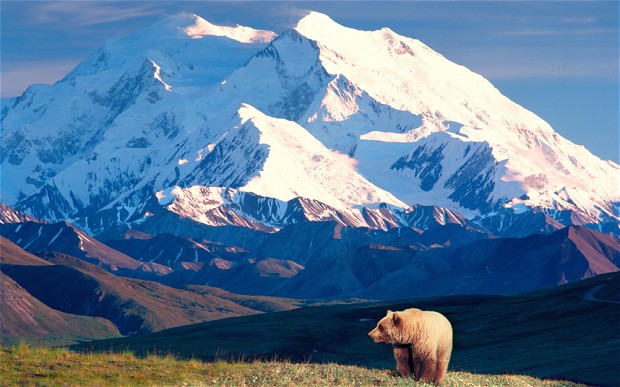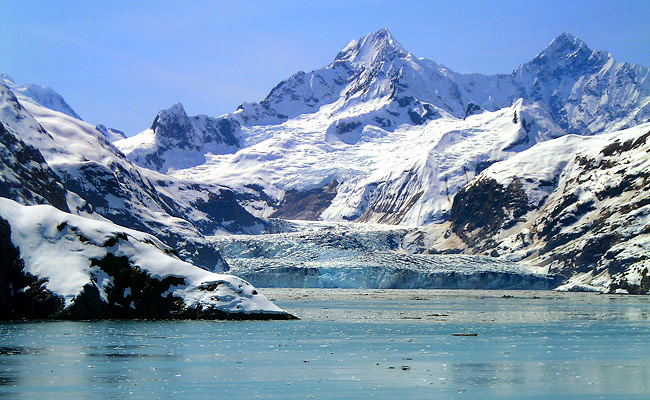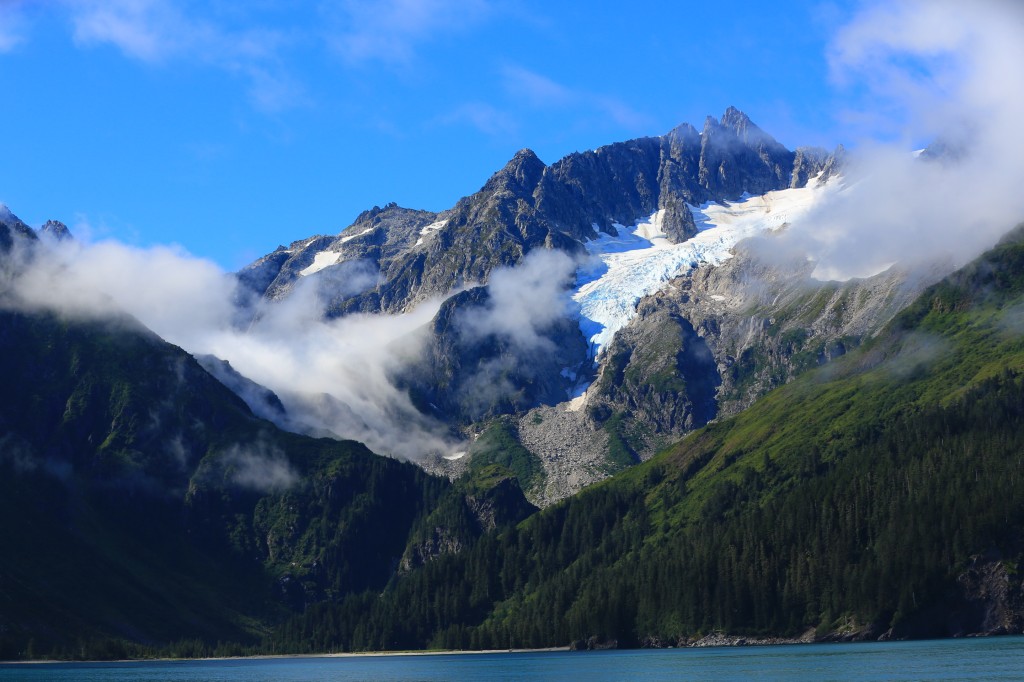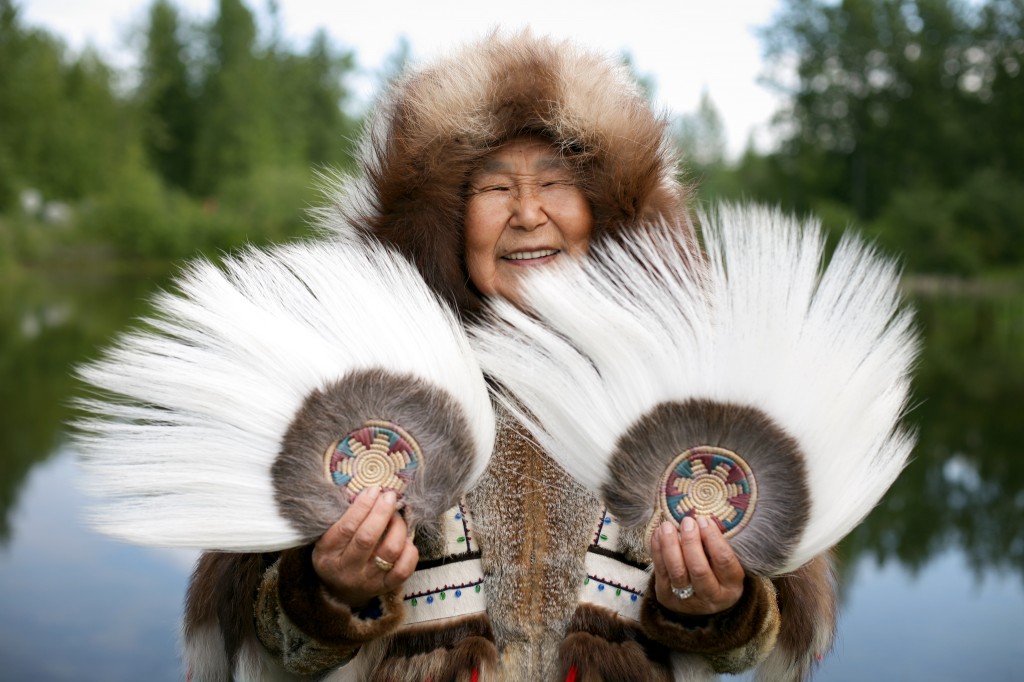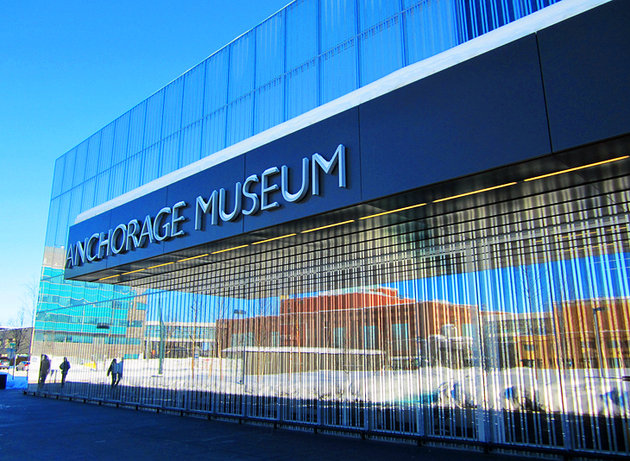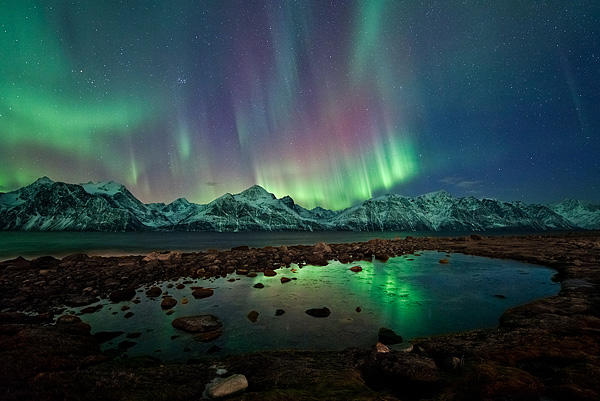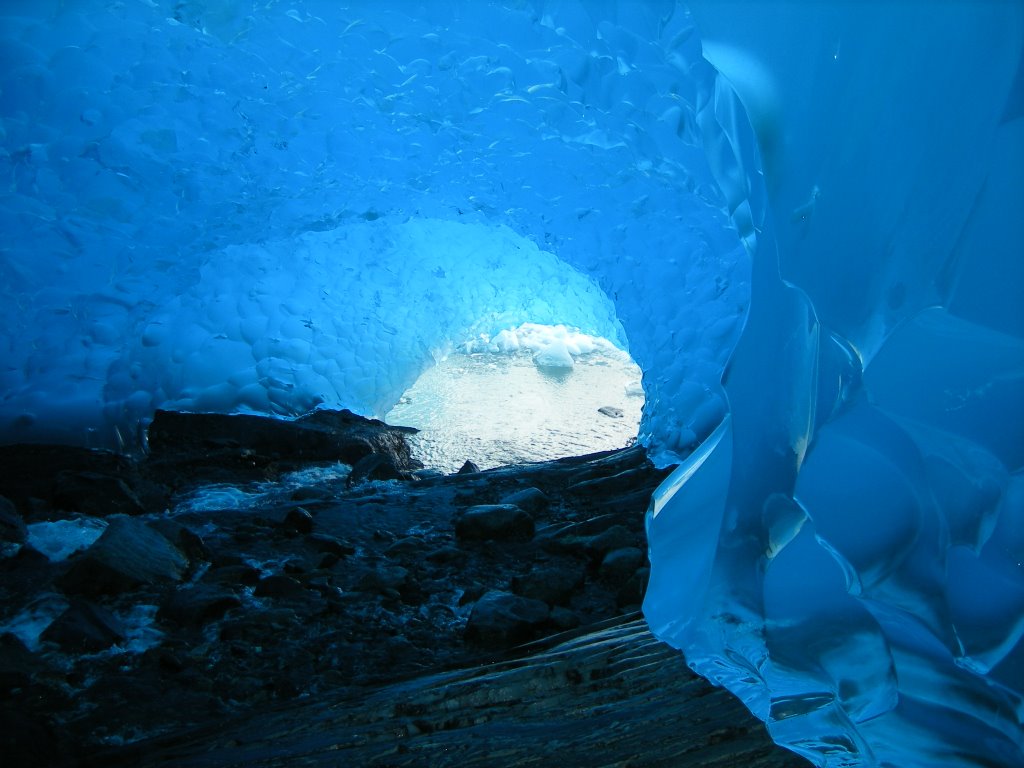The beauty of Alaska lies in its awe- inspiring natural attractions. Its uninhabited wilderness overwhelms the comparatively small cities in the state. Main cities are Juneau a small city with no road access and Anchorage, the most commercial minded. Alaska is known for its calving glaciers, beautiful mountain ranges, landscapes and the intensity of its northern lights. Its home some of the largest national parks in the United States. Alaska’s wildlife create the ultimate outdoor experience for travelers. Whether you’re moving to Alaska or just visiting take advantage of the nature it has to offer.
Here is a list of Alaska’s top tourist attractions.
Located in Northern Alaska, Denali National Park is the one of the largest parks in the United States. Mount McKinley, North America’s highest mountain is located in the park. There are about 12,206 lakes and ponds in Denali and 18,679 miles of streams. Glaciers cover 17 percent of its land area. A single road leads into the park, and only park-approved buses are permitted to travel beyond Savage River. Take one of Denali National Park’s bus tours and you’re likely to see grizzly bears, moose, caribou, Dall sheep, and wolves.
Glacier Bay, northwest of Juneau is the largest marine sanctuary in the world. During the Ice Age a 5,000 foot layer of ice covered it. It appears blue when the sun light hits its compact crystals. The Park is bigger than the state of Connecticut, however it contains less than one percent of Alaska’s land mass. There are cruise ships, tour vessels and charter boats that are available for visitors.
South of Anchorage, Kenai Fjords National Park offers some of the best sightseeing in Alaska. It covers over 600,000 acres of the Kenai Peninsula in the southern part of Alaska. The park’s main attraction includes the Harding Ice field which consists of 38 glaciers. A Day cruise will allow you to see a wide range of marine life. Otters, puffins, harbor seals, bald eagles, sea stars, orcas, Minke whales, and Dall’s porpoises can all be seen throughout the park.
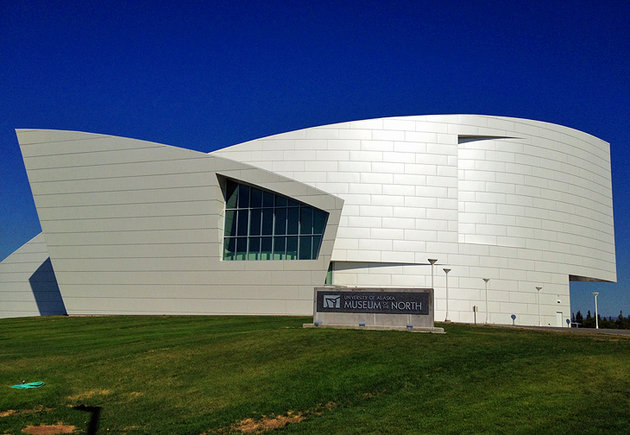 University of Alaska Museum of the North
University of Alaska Museum of the North
Located in Fairbanks, in the University of Alaska, is the Museum of the North which offers over one million historical artifacts and natural history pieces. The museum covers each region of the state with history on both humans and natural history. Major highlights include the coverage of mammoths and mastodons and the display of gold.
The Alaska Native Heritage Center is t known for its programs, life-sized village displays, craft-making workspaces and friendly staff. The museum presents 11 distinct cultural groups of Alaska within its 26 acres heritage center and is a must-see for anyone interested in exploring Alaska’s history and Native peoples.
The Anchorage Museum is immense its over 170,000 square feet with a collection of 25,000 objects and 500,000 historic photographs. Its pieces cover Alaska’s art, history, and science. Visitors can view contemporary and traditional art, learn about the state’s history and native peoples, and view presentations at the Thomas Planetarium.
One of the advantages to Alaska’s long winters are the glowing Northern Lights that appear on nights from September to April. Some of the best viewing happens in the Fairbanks area. The peak time to watch is after midnight.
The Mendenhall Glacier is located just outside of Juneau. The Mendenhall Visitor Center overlooks the glacier and provides a warm and sheltered viewing space. The center offers exhibits on the science and history of glaciation in general. Trails are available that allow you to view the glaciers, landscape, and wildlife.


